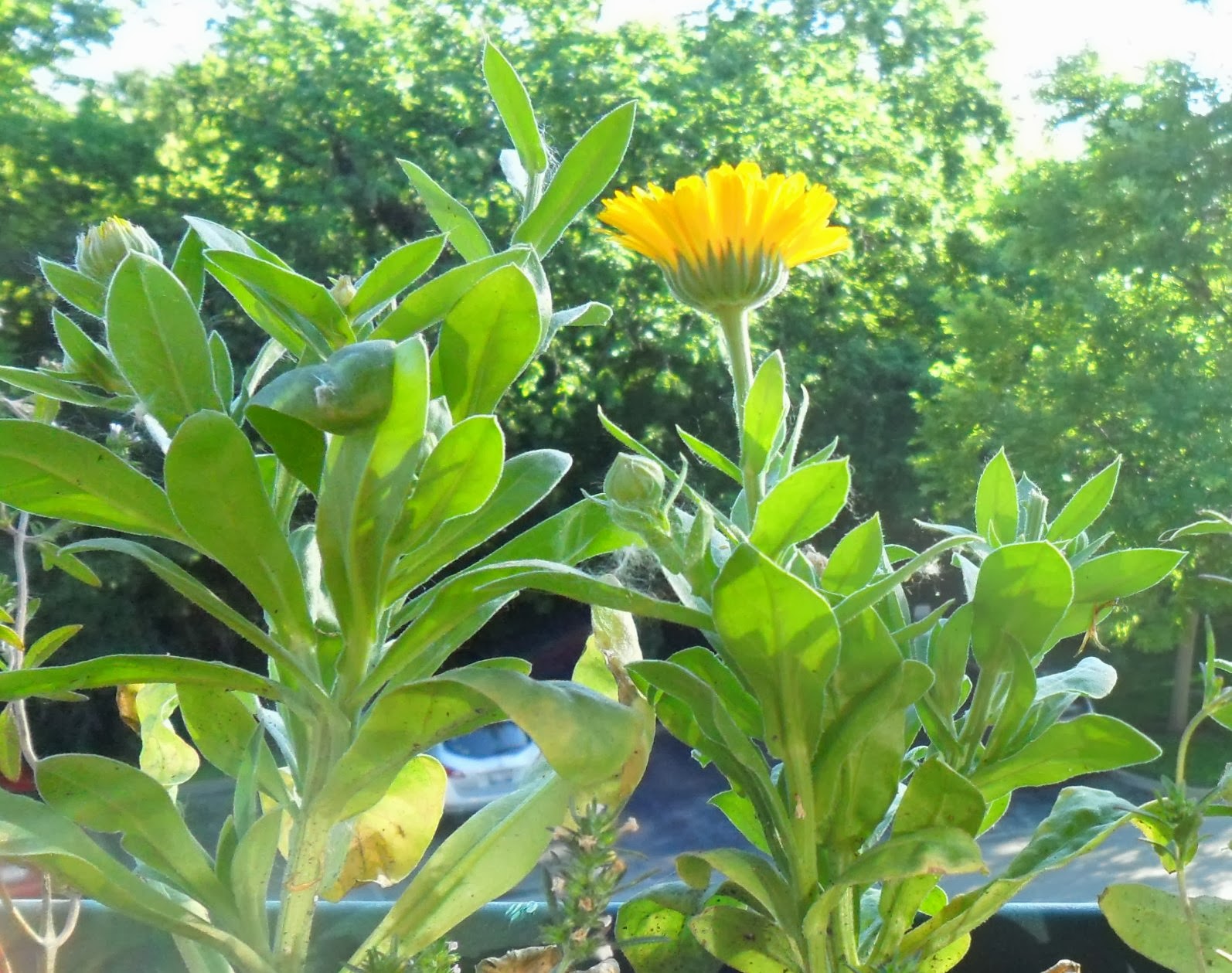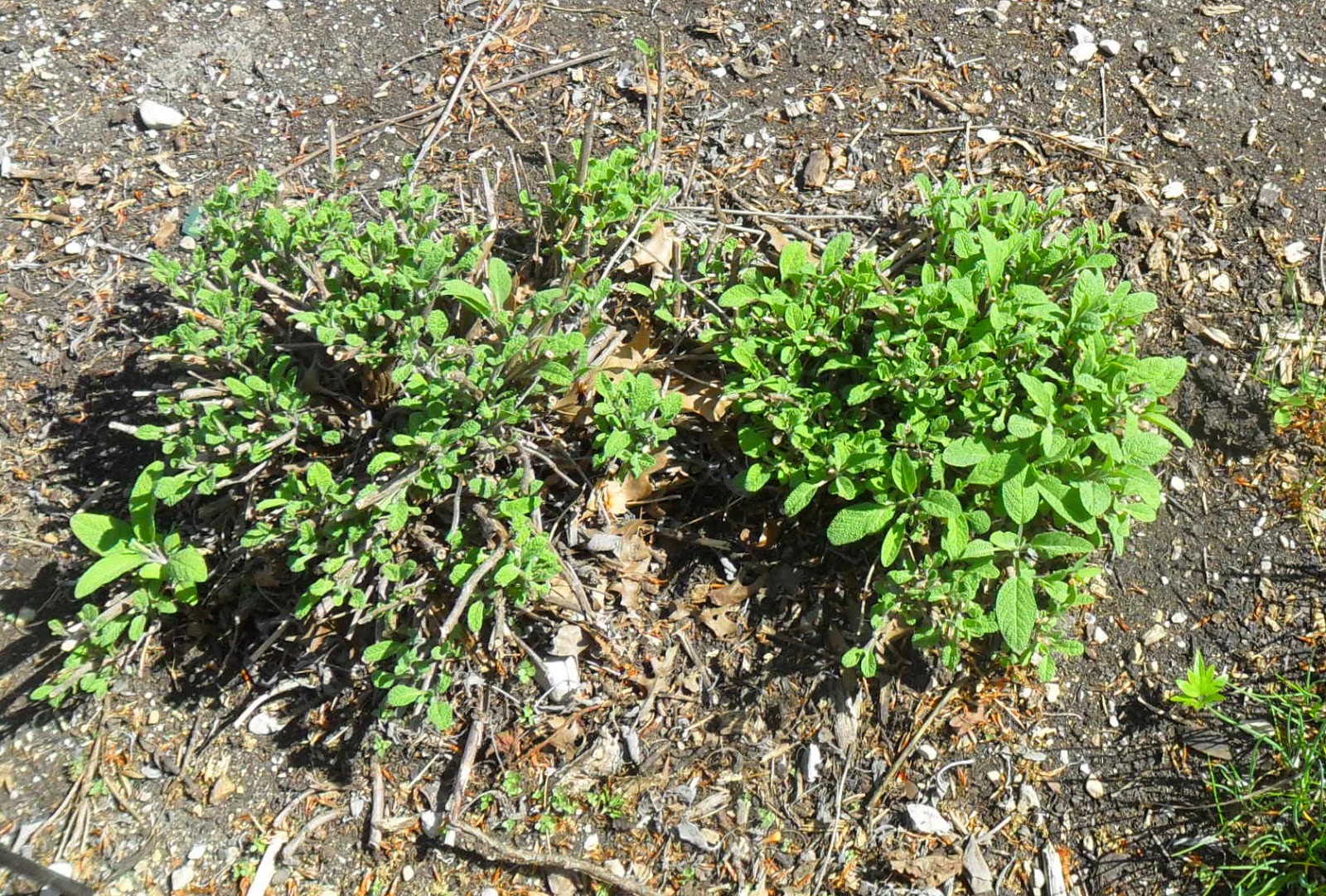A friend of mine who lives in zone 7 recommended this. She said instead of sitting back with your
seed catalogs and dreaming of that gorgeous garden you are going to grow next
summer, take action now and get a head start on spring. But I kept thinking, I live in zone 5 and
trays of seeds will just freeze out there and die. This winter I decided to give it a shot. (Why this winter I can only guess is because it has been so much winter that I am dying to get into something like gardening.) This is what I know about it.
Winter sowing refers to planting seeds in flats or trays
during the winter months and setting them outside to allow seeds to germinate
and seedlings to emerge naturally when the weather warms. Not only does this
give flowers and vegetables a head start in the spring it allows you to
start seeds in the midst of winter while the landscape is frozen. Once temperatures rise and the soil thaws,
seeds germinate and sprout naturally at the ideal time for growing.
The
best source on the internet for winter sowing tips and guidelines is www.wintersown.org by Trudi Davidoff. On that site you can identify what can be
winter sown or if you should just save the seed and direct sow it in the
garden. Not
all flower and vegetable seeds are suitable for winter planting, but many are.
Tender annuals or tropical flowers and herbs are not likely to do well if
planted in winter as their seeds do not require cold stratification and may not
survive the exposure to cold temperature. Look for seeds from plants that
self-seed. This includes many wild flowers and native plants. If you have
noticed seedlings emerging in early spring near flowers and herbs, they are a
good candidate for winter sowing. Most perennials thrive with winter sowing.
The materials you need to winter sow are pretty simple:
seeds
containers with lids
waterproof markers
water
assorted tools
You can also look in seed catalogs for plants with notations for "fall
planting", "early spring planting", "hardy seeds", "self
seeds" or "will colonize". Some may note the seed requires cold
stratification. These are all perfect to use for winter sowing. I like Park's Seed catalog, it has a great germination table right in the middle of the catalog.
They have a numbered guide indicating the best germination requirements for
seeds. I took a yellow highlighter and went down that numbered list and
highlighted all the numbers that would be appropriate for Winter Sowing, then I
carefully went through their list of seeds and highlighted the varieties that
corresponded to the correct numbers. This is how I chose which varieties I
would Winter Sow. A lot of catalogs, not just Parks, will have a germination
table, or some information about germination, look at them, study them, and
learn. Additionally you get sowing information on the back of seed packets as well.
 |
| Nice to have dirt under the fingernails in February |
Milk jugs and soda bottles seem to be the best choice for me
in Zone 5 to use for winter sowing. They
create mini greenhouses for seeds. You can also use traditional seed starting
trays, but this is not necessary. One person I know lines toilet paper tubes up on a cardboard box, fills them with soil and seed and covers it with a clear plastic bag. Each tube is a different seed.
Wash and dry the containers with hot
soapy water to remove food residue and to prevent the spread of bacteria or
disease causing organisms. Poke holes in the bottom of the container.
Add the moist
seed starter to the jugs. It does not
need to be very deep about 1 ½ to 2 inches at most. You
can make your own seed starter by mixing equal parts potting soil, peat moss
and vermiculite or perlite. Mix in large bowl or bucket and moisten with tepid
water. The starter should be damp, but not soggy.
Plant
seeds to the recommended depth and cover with soil. Firm down with your hands
to remove air pockets. Since I did not cut these containers I used the handle of a wooden spoon to firm the soil. Replace the plastic cover or cover with plastic. You
need to have 2 inches above the soil to allow space for seedlings to grow.
Label
the container. Even though you think you will remember, chances are you will
not. A label makes your life easier.
Place trays outside. Many prefer to place trays on a picnic table or an elevated structure where they can be reached easily. Although you want to expose the seeds to elements, placing them in a sheltered location prevents them from being blown over when the winter winds howl. Seeds can be placed on the deck or porch and moved to a sunnier location once snow begins to melt and spring approaches. I placed mine on the shelter of window boxes. I tied ribbon on them so they looked like a decoration to those passing by.
Allow trays to freeze and thaw naturally. When spring arrives, the soil will thaw and seeds will germinate at the proper time. Remove the plastic once seedlings emerge and danger of freezing has passed.
As many people know my garden is rented and I live in an apartment, so the place where I am winter sowingis on my apartment patio. I placed a window box on the ground near the windows so the containers did notssit on the concrete. I have several hanging window boxes that I decorate with greens for the holiday that
were frozen to the railing by January, so I tied bows on pop bottles and nestled the bottles down in the old
soil and started a few there as well. My patio faces north to northeast so those near the window are rather
sheltered the ones in the hanging boxes are exposed to more elements.
Winter sowing is relatively maintenance free and produces young seedlings just in time for spring planting. There is no need for constant monitoring of the seeds as you allow nature to take its course to produce vigorous young seedlings that do not require hardening off and don't take up precious space in your home. So, get out those seeds and satisfy that gardening bug by starting your seeds now with winter planting.
We will see what happens and follow up with you about it as
winter progresses.
Herb
seeds I recommend for winter sowing:
Calendula
Viola
Basil
Mint
Oregano
Parsley
Sage
Thyme
Dill
Hyssop
Marjoram
Chamomile
Chives
Yarrow






























